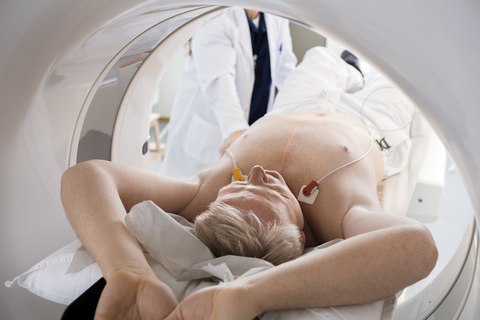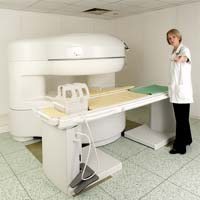The Importance of Subtype in PET Scanning for Mesothelioma Prognosis
A new study of PET scanning for mesothelioma prognosis shows how much radioactive tracer a tumor absorbs can predict survival. This is especially true in people with the epithelioid mesothelioma subtype. The study comes from the Sungkyunkwan University School of Medicine in Seoul, South Korea. Researchers studied the medical records of dozens of mesothelioma patients diagnosed between 2009 and 2018. They found that SUVmax, a key factor in PET scanning for mesothelioma, is directly related to mesothelioma survival. How PET Scanning Works Mesothelioma diagnosis is challenging. Pleural mesothelioma grows quickly on the membrane around the lungs. It is one of the rarest and deadliest cancers. Positron emission tomography (PET) combined with computed tomography (CT) can help with diagnosis. During a…


